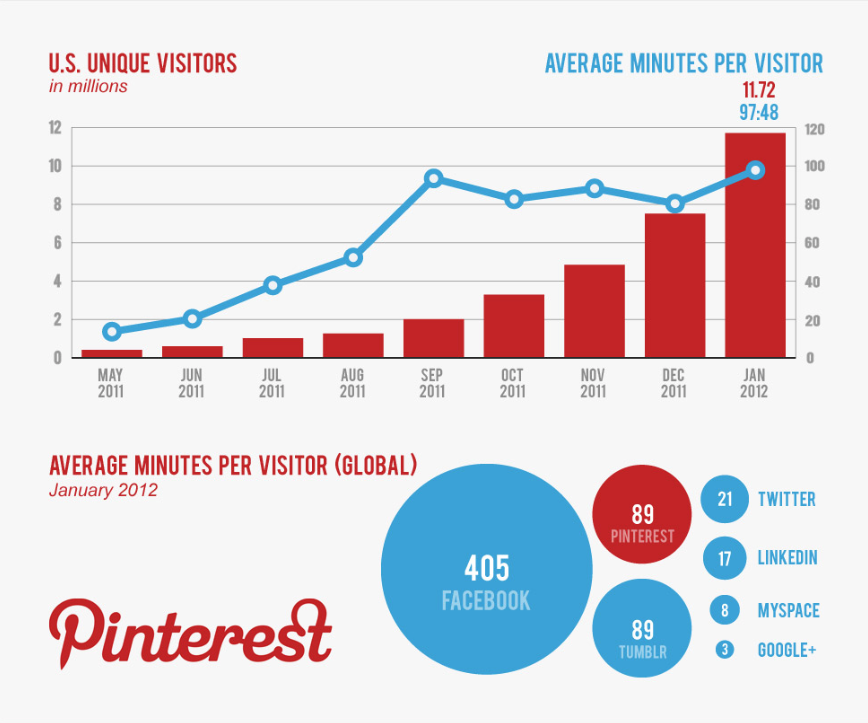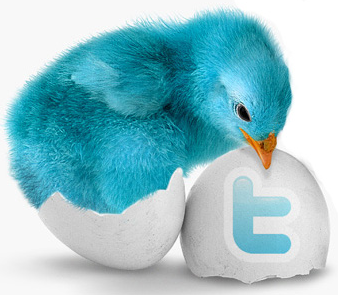Table of content
- Introduction to Social Media Influencers in Marketing
- Understanding Social Media Influencers
- Key Roles of Social Media Influencers in Marketing
- Benefits of Using Social Media Influencers in Marketing
- Challenges of Influencer Marketing
- Case Studies of Successful Influencer Marketing Campaigns
- Future Trends in Influencer Marketing
1. Introduction to Social Media Influencers in Marketing
Role of Social Media Influencers in Marketing in recent years, social media influencers have transformed the marketing world. These influencers are individuals who have grown large, dedicated followings on platforms such as Instagram, TikTok, YouTube, and Twitter. They’re known for sharing relatable and engaging content that resonates with their audience. Influencers often talk about topics like fashion, fitness, beauty, technology, and lifestyle, making them popular in almost every industry. But what makes influencers so valuable to brands? The answer lies in how influencers communicate with their audience.
Unlike traditional ads that feel distant and formal, influencers offer a more personal touch. Followers see them as friends or experts they can trust. For brands, this trust is priceless. Partnering with influencers allows brands to connect with a specific audience in a genuine way, helping brands increase awareness and build credibility. When an influencer promotes a product, followers view it as a recommendation rather than a hard sale. Brands benefit from this trust, as followers are more likely to try products recommended by someone they admire.
In fact, influencer marketing has become one of the fastest-growing marketing strategies today. Brands are discovering that working with influencers can achieve a wider reach and better engagement than many other forms of advertising. Influencers provide a way for brands to tap into communities that are already established, allowing for a direct and impactful marketing strategy. As we dive deeper into the role of social media influencers in marketing, it becomes clear why influencers are key players in a brand’s success.
2. Understanding Social Media Influencers
Social media influencers aren’t just popular online figures; they’re individuals who have built a trusted voice within their communities. They come in different types, depending on their following size and level of influence, each serving a unique role for brands. Here’s a look at the main types of influencers:
- Mega influencers: These are celebrities or well-known figures with millions of followers, often reaching over one million. While they have a broad reach, they might be less connected to their audience on a personal level.
- Macro influencers: With 100,000 to 1 million followers, macro influencers are often well-known in specific fields, like fitness or beauty, and have a large yet somewhat targeted following.
- Micro influencers: These influencers have between 10,000 to 100,000 followers and are known for their niche expertise. Their smaller audience often leads to high engagement, as they communicate closely with their followers.
- Nano influencers: Nano influencers have between 1,000 to 10,000 followers. Their small following consists mainly of friends and family, making their influence highly personal and trust-based.
Influencers are found across all major social platforms, each having strengths suited to specific content types. For example, Instagram and TikTok are popular for quick, visual content, while YouTube is great for in-depth reviews or tutorials. Influencers often choose one platform as their main focus, but many use multiple platforms to reach a wider audience. Brands choose influencers based on how closely their audience matches the brand’s target customers.
This careful selection allows brands to reach out to an audience that is already interested in their type of product or service, making influencer marketing an efficient strategy. When influencers share content about a brand, they create a form of “social proof” that their followers trust and value.
3. Key Roles of Social Media Influencers in Marketing
Influencers do more than just post about products; they fulfill multiple roles that benefit brands. Here are five important ways influencers impact marketing:
- Brand Awareness: Influencers can make brands visible to their audience, many of whom may be new to the brand. When influencers showcase a product, followers take notice, expanding the brand’s reach.
- Trust Building: People see influencers as relatable figures, almost like friends. When an influencer recommends a product, it feels like a personal recommendation rather than a sales pitch, building a level of trust between the brand and potential customers.
- Consumer Engagement: Influencers actively engage with followers through comments, likes, and direct messages. They also often run polls, Q&A sessions, and other interactive content that encourages followers to participate. This keeps the brand present in the follower’s mind and builds a two-way relationship.
- Content Creation: Influencers are skilled in creating visually appealing and engaging content, often with high production value. Their content aligns with their style, making the brand message more relatable. This unique content creation can boost brand image and attract followers who might find traditional ads less appealing.
- Driving Conversions: Through their endorsements, influencers encourage followers to buy products. Many share direct purchase links or discount codes, allowing followers to make purchases easily. Influencers often drive high conversion rates because their followers value their opinions.
Each of these roles is vital in connecting with today’s consumers, making influencers powerful tools in a brand’s marketing strategy.
4. Benefits of Using Social Media Influencers in Marketing
Working with influencers provides several key advantages for brands:
- Authenticity and Relatability: Influencers often provide honest opinions about products, making their endorsements feel genuine. Their followers value this honesty and are more likely to consider the products they recommend.
- Increased Reach and Targeted Marketing: Influencers help brands reach a specific audience, particularly through influencers with niche followings. For instance, a sportswear brand might work with a fitness influencer to connect with fitness enthusiasts, making the message relevant and effective.
- Enhanced Social Proof and Credibility: When people see influencers using a product, it boosts the brand’s credibility. This “social proof” effect can make the brand seem more trustworthy and popular.
- Cost-Effective Marketing: Influencers can be more affordable than traditional advertising, especially smaller influencers who may accept product samples as payment. This makes influencer marketing accessible for brands of all sizes, allowing them to work with multiple influencers for broader reach.
These benefits make influencer marketing a smart, efficient way for brands to grow their customer base and build a positive reputation.
5. Challenges of Influencer Marketing
While influencer marketing has many benefits, it also presents challenges:
- Finding the Right Influencer: Not every influencer is a good fit for every brand. Companies need to find influencers whose style and followers align with their brand, which requires careful research.
- Managing Expectations and Alignment: Brands and influencers sometimes have different visions for a campaign. Clear communication and setting expectations early on can help align the goals of both parties.
- Fake Followers and Transparency Issues: Some influencers have fake followers to appear more popular. This can lead to wasted marketing spend. Brands should check engagement rates and follower quality to find genuine influencers.
- Measuring ROI and Impact: Tracking the effectiveness of influencer campaigns can be difficult. While likes and comments show engagement, tracking actual conversions requires more precise tools. Brands must evaluate if an influencer’s impact is worth the investment.
These challenges highlight the need for brands to be strategic and informed when working with influencers.
6. Case Studies of Successful Influencer Marketing Campaigns
Many brands have successfully used influencers to boost their image and reach. For example, Daniel Wellington, a watch brand, partnered with influencers on Instagram to share photos of their watches, quickly gaining popularity. By sending free watches to influencers, they created a huge wave of brand awareness without traditional ads.
Similarly, Fenty Beauty by Rihanna collaborated with beauty influencers to promote its diverse makeup range. This campaign highlighted Fenty’s inclusivity and attracted customers from different backgrounds, leading to high sales and strong brand loyalty.
These case studies show how carefully chosen influencers can help brands achieve impressive results, from growing awareness to increasing sales.
7. Future Trends in Influencer Marketing
Influencer marketing continues to evolve, with new trends shaping its future:
- Rise of Micro and Nano Influencers: Many brands are choosing to work with smaller influencers who have highly loyal followings. These influencers can create a stronger, more personal connection with their audience, often resulting in better engagement.
- Growth in Live Streaming and Short-Form Videos: Platforms like TikTok and Instagram Reels have popularized quick, engaging content. Influencers are now using these formats to reach younger audiences and create content that’s both fun and informative.
- Transparency and Regulation: More rules now require influencers to label paid promotions clearly. This ensures followers know when they’re seeing an ad, making the industry more transparent.
- Integration of AI and Data Analytics: Technology is helping brands analyze influencer performance more accurately, making it easier to find the right influencers and measure campaign success.
These trends indicate that influencer marketing will continue to grow and adapt to meet new









